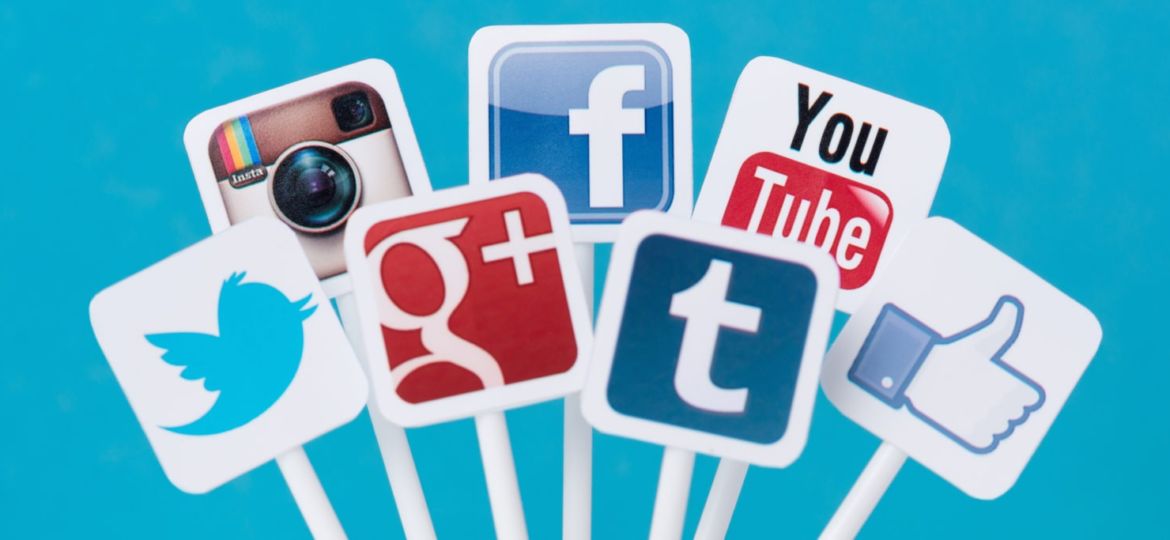
It may seem that with all these complex algorithms and the hullabaloo about social media, getting people’s attention seems to be a bit of a problem. In comes to your rescue, paid social media which ensures that your content doesn’t get lost in the maze of your followers.
We have for you 10 points that convince you that paid social media is still alive and still has a key role to play, put together by Sprout Social.
Don’t Lose Hope Just Yet
If you’re a die hard organic social media marketer that refuses to pay for ads, here are 10 reasons you shouldn’t ignore paid social:
1. Paid Social Is Cost Effective
The biggest roadblock for people interested in getting started with any type of online advertising is the cost. That’s understandable. Just take a look at the suggested Google AdWords bids for legal-related terms.

Paid social changed the way that businesses look at ads. With platforms like Facebook and Twitter charging a fraction of the cost of traditional display ads, it’s very affordable to get started.
In one case study for a campaign with the North London Skydiving Centre, Facebook Ads were significantly cheaper than AdWords. The average cost per click for Facebook Ads was $0.38, while AdWords was $1.49.
If you are working with a modest budget and want to try your hand at paid advertising, give social media ads a try first.
2. Paid Social Delivers Great ROI
Unless your ads are driving revenue, they aren’t very effective. Paid social has been proven to deliver a great ROI for marketers. Digital Marketer ran a Promoted Tweets campaign that generated a 198% ROI.
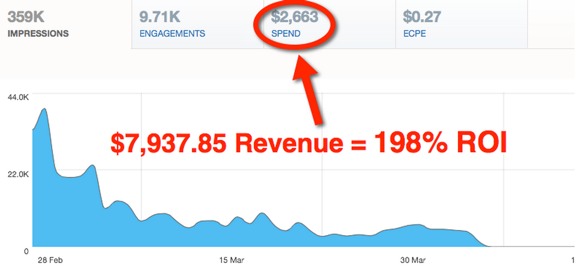
Samsung SDI achieved a 7 times higher ROI from LinkedIn Display Ads and SlideShare Content Ads.
The mix of content marketing and paid ads is a consistent theme for successful paid social media campaigns. Both case studies above involved creating content, then using ads to generate targeted traffic and leads.
Paid social also makes it much easier to track social media ROI, which is one of the biggest challenges small businesses have. You can finally quantify how much money you’re spending on a campaign and the amount of revenue you generated as a result.
3. Paid Social is Mobile
Paid social works because you’re marketing to an engaged audience. Over the past few years, we’ve seen a huge shift toward mobile.
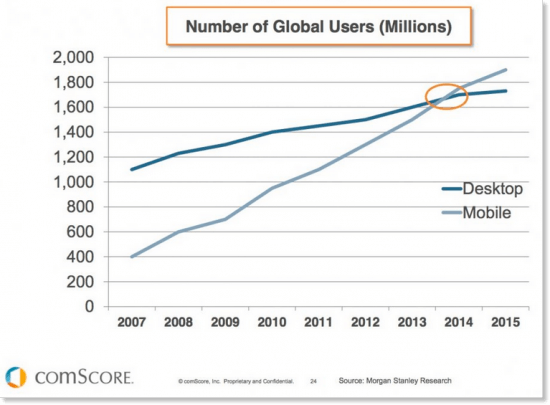
As an advertiser, you need to be in the same spot as your audience’s attention. What that means is you need to be where your audience spends the most time, and right now, that’s on mobile devices. Particularly, social media apps.
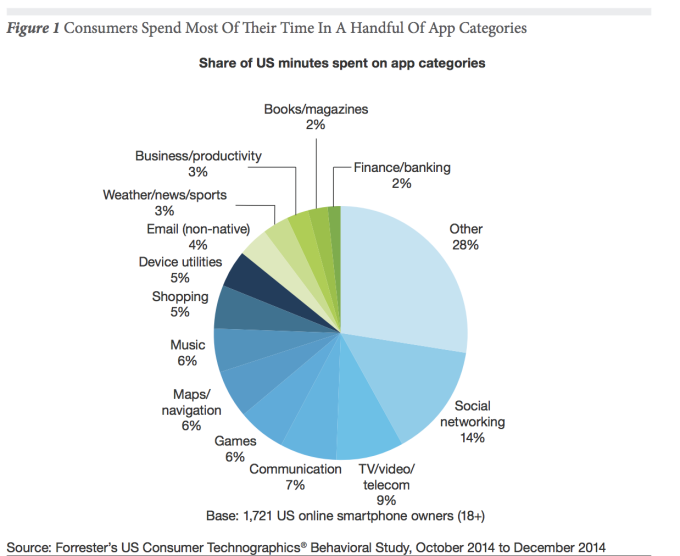
As phones continue to be the preferred choice for using the internet, mobile advertising is now more important than ever. As a result, banners and sidebar ads have been replaced by native ads. These are ads that fit and mimic the platform where they exist. Think Facebook sponsored posts, promoted Tweets and Instagram Ads. They look like the rest of the content in the apps, with the exception of “sponsored” text on them.
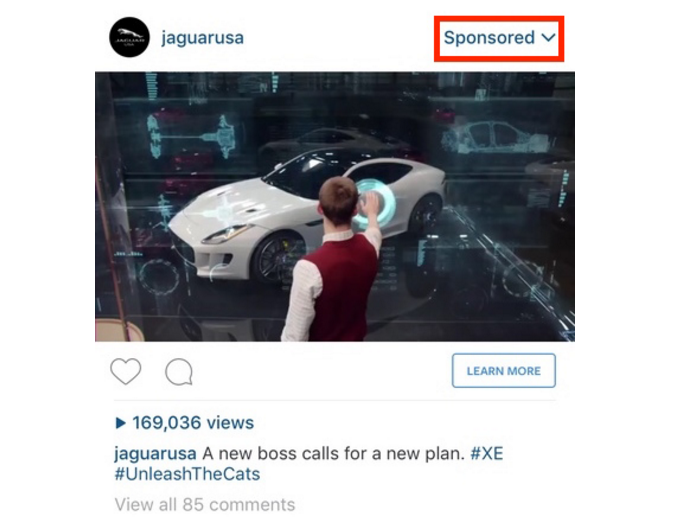
The natural look of the ads makes them less disruptive than a banner that sticks out like a sore thumb.
4. Paid Social is More Targeted
With organic social media posts, you have no control over who sees your content. Paid social lets you target a specific demographic, so you know exactly who’s seeing your Tweets and Facebook posts.
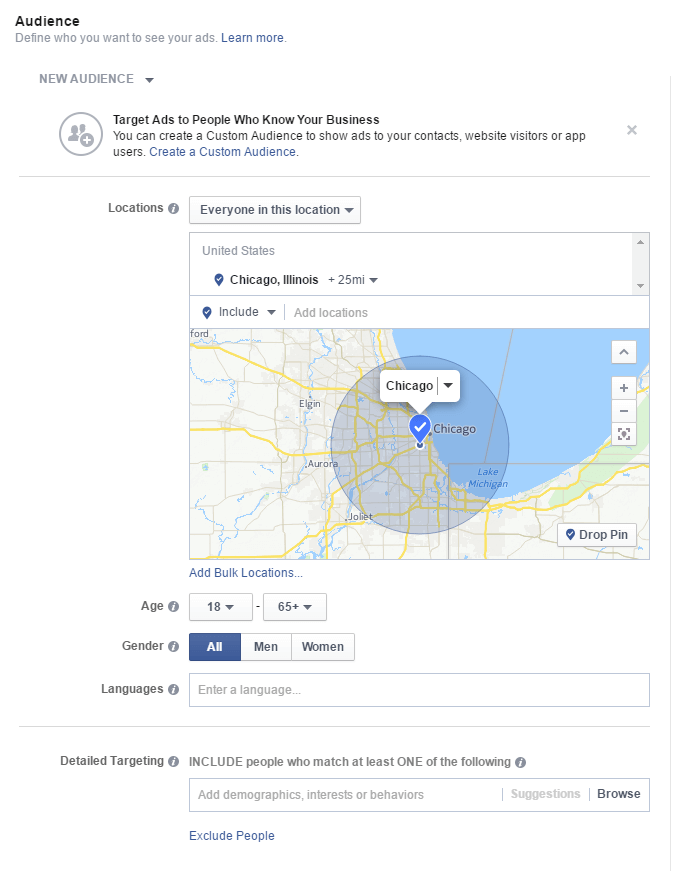
Social media targeting gives you the opportunity to create content for a specific type of user, and promote directly to them. The end result is qualified traffic that’s more likely to convert.
5. Paid Social Gives You More Reach
Organic reach on social media is dwindling and has been for quite some time. In March 2015, Facebook’s organic reach was as low as 2.6%.
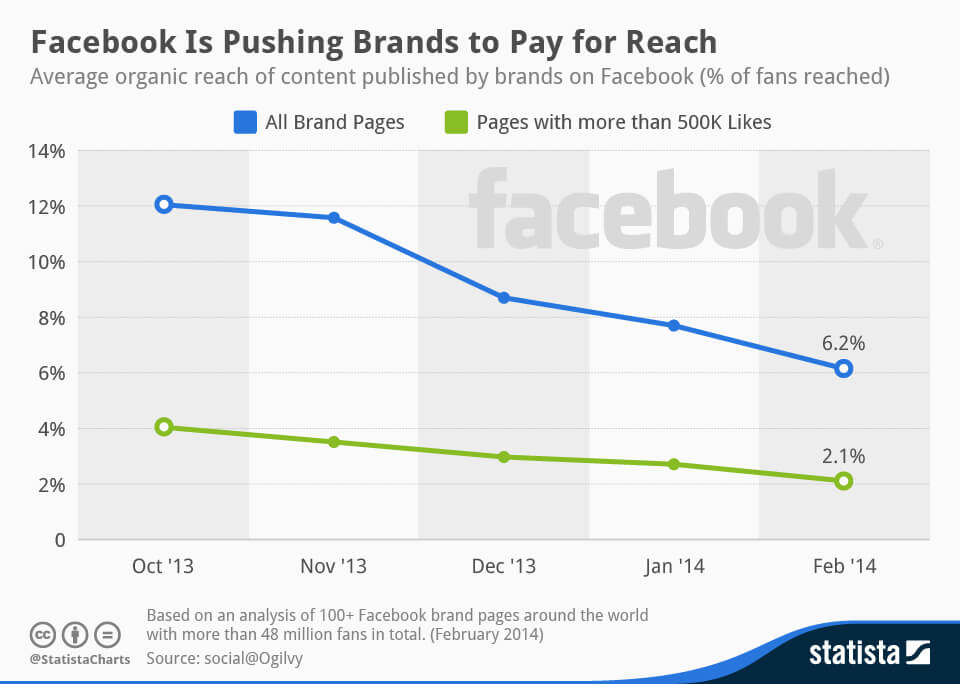
Of course, there are some steps you can take to improve your organic reach. But in the end, it doesn’t compare to the reach you can achieve with paid social media ads.
With more platforms switching to an algorithm based feed, there are no guarantees that people who follow you will see your content. With paid social, you can immediately amplify the reach of your posts.
6. Paid Social Provides Quicker Results
Growing a following on social media 100% organically takes time. Trying to monetize your following once you build it takes even more time. Paid social accelerates the process.
Organic social media marketing involves a lot of one-to-one networking. Whether it’s finding influencers with a large following or taking time to reply to different people who could potentially become a follower, it’s extremely time consuming.
Compare that to paid social media marketing, where you create an ad and distribute it thousands of users simultaneously.
This doesn’t mean you should neglect the relationship building process. Continuously engaging with your new followers allows you to maintain the relationship and build a loyal community, rather than just a bunch of non-active followers.
7. Paid Social is Easy to Scale
Once you’ve created a paid social media campaign that works, it’s easy to scale up by increasing your daily ad spend or advertising to a slightly different audience.
It takes less than a minute to replicate an ad that works.
8. Paid Social Gives You More Data
The data you get from social media sites about the performance of your organic content is limited. However, once you become an advertiser on Facebook, Twitter, LinkedIn and other social networks, you get access to more information.
Facebook lets you see your ad’s performance based on region, gender, time of day and other criteria that you can’t see for your organic posts.

LinkedIn shows you impressions, engagement and even click demographics for your ads.

The data you collect will help you improve future ads, and also affect the direction of your organic social media content as well. For instance, if you notice a particular promoted post did well among your target audience, you can incorporate similar content in your social media calendar.
9. Paid Social Creates Brand Awareness
When you send a Tweet or publish an Instagram post, a majority of the people who see it will already be aware that your company exists since they’re following you. But what about the other 99% of users on any given social network that have never heard of your brand? Paid social puts your content in front of these people.
Brand awareness is important if you want to build a loyal customer base, particularly for millennials. Newscred found that 69% of millennials feel brand recognition is an important driver of brand loyalty.
Every impression your social media ads get is a step in the right direction, even if they don’t get clicked. The more often people see your brand, the more familiar they get with your company. It’s all about building equity with each person.
Remarketing has become insanely popular over the past few years for this exact reason. Remarketing or retargeting, allows you to show yoursocial media advertising to people that have visited your website before.
Website visitors that have been retargeted convert better, become more familar with your brand and are more likely to click your ads.
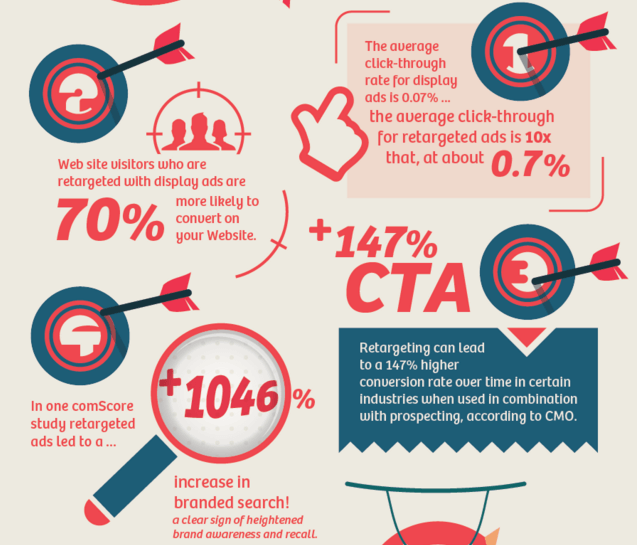
Let’s say someone found one of your articles through a Google search one day. They read it, and exited your site immediately after. Unless they purchased something from you or joined your email list, they’re a missed opportunity. If you set up retargeting, you’d be able to display social media ads to them and stay fresh in their mind.
